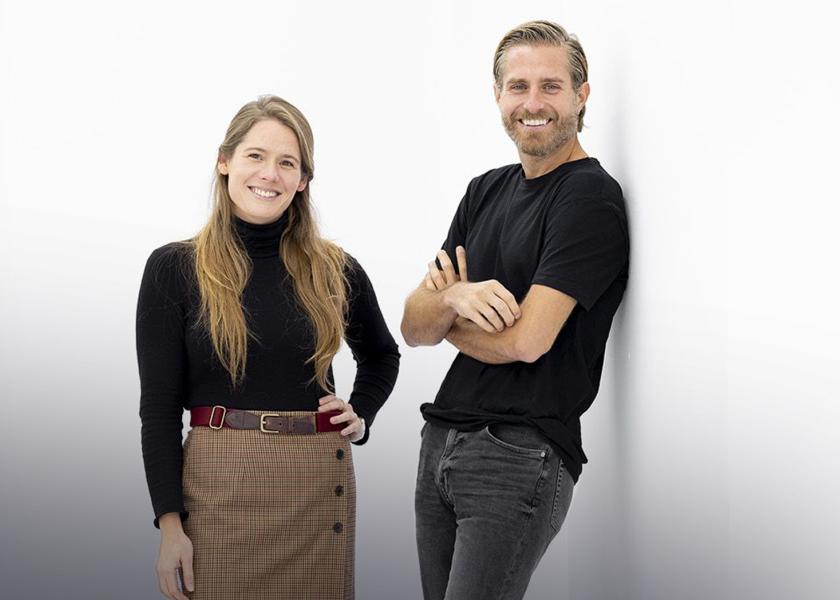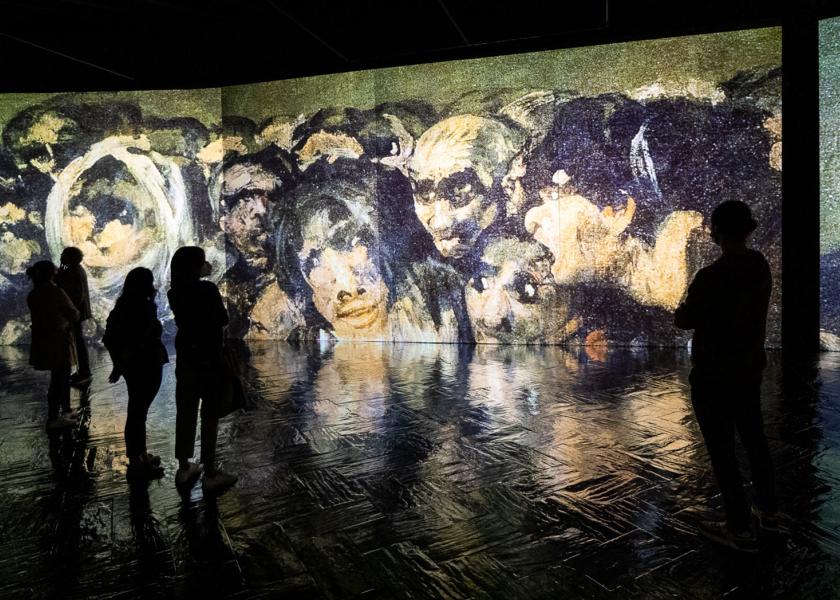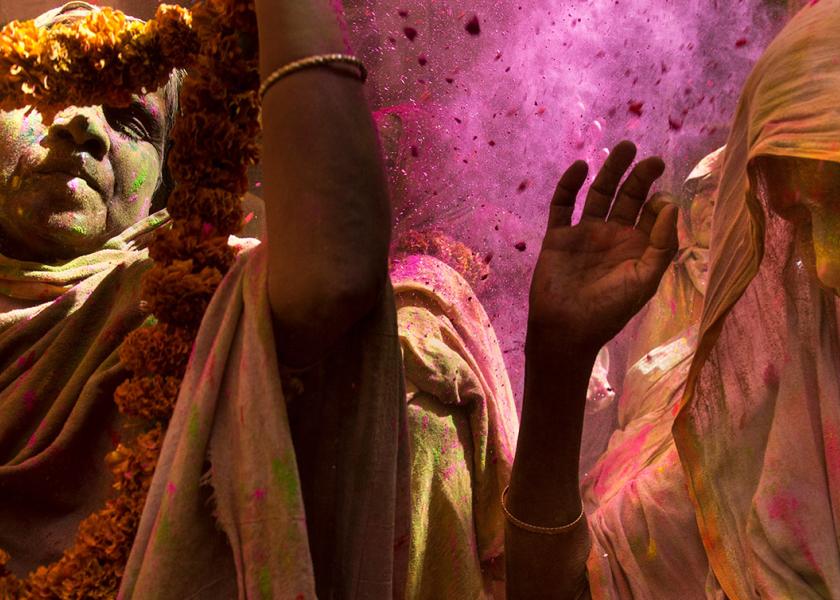Marlborough Gallery
This is what contemporaneity looked like
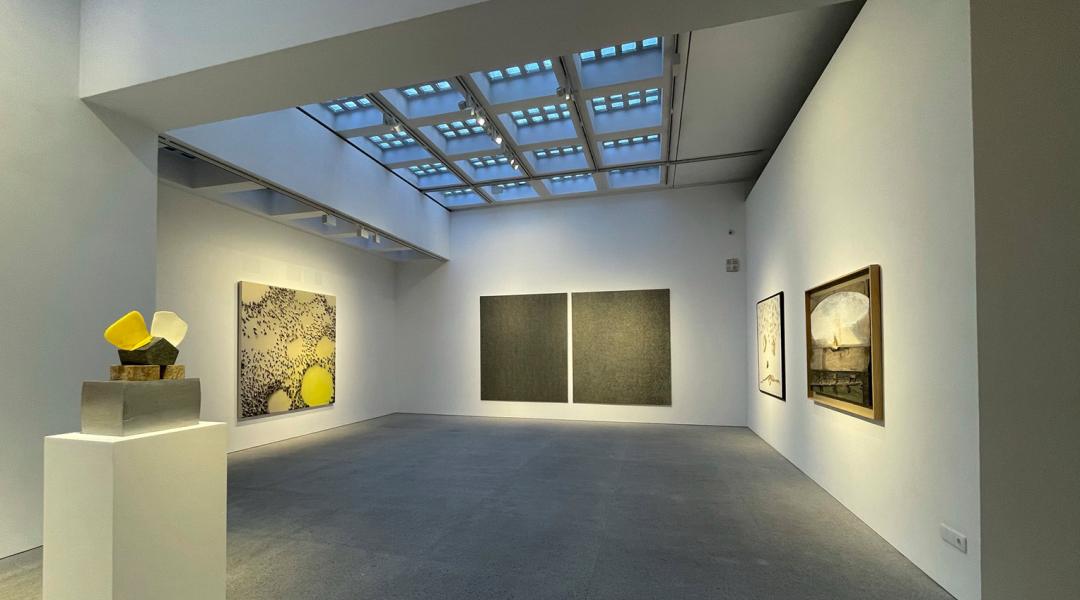
The Marlborough Gallery landed in Madrid in 1992 and, since then, has become a landmark for contemporary art lovers. This relationship with Spain blossomed decades earlier, when one of its founders, Frank Lloyd, became aware of the work of Juan Genovés. Its spaces and walls have housed the creations of Spanish artists such as Martín Chirino, Soledad Sevilla or David Rodríguez Caballero who, thanks to the gallery’s commitment, have managed to transcend Spanish borders.
The origins of the Marlborough Gallery in Madrid were sketched out years before its headquarters opened in the capital in 1992. The gallery, which appeared on the international scene the year after the end of World War II, wholeheartedly supported Spanish art that was critical of the regime during the dictatorship, and Juan Genovés was its first recruit. Belén Herrera (Madrid, 1979), director of the gallery since 2003, shares all this with us. She explains that the founders were interested in vernacular artistic talent, and this culminated with the opening of the Madrid headquarters at the start of the 1990s. During the following three decades, thanks to the Marlborough Gallery, the Spanish artistic scene was brought to the fore at a worldwide scale.
Which was the first collaboration between the Marlborough Gallery and Spanish art?
The gallery’s first recruit was Juan Genovés. In fact, we’re currently preparing an extremely ambitious project at the headquarters in New York and London. It’ll be a historical journey through the works he developed during the dictatorship, a political art, a committed art. It’ll be exhibited in New York in spring.
What attracted the Marlborough Gallery to Spanish talent?
We were interested in authentic artists who were immersed in the reality of that time. Frank Lloyd himself, the founder of the gallery, met Juan Genovés —an artist against the regime— at the XXXIII Venice Biennale in 1966 and granted him a small space in the Spanish Pavilion. That’s when his collaboration with the gallery began.
“The talent of artists lies in conveying what they feel and expressing it virtuously through different artistic disciplines”
The Marlborough Gallery opened in Madrid in 1992 with a large exhibition about Francis Bacon, why this artist?
Bacon came to Madrid regularly because of his partner and a good friend, but also because he frequently visited the Prado. He contemplated his beloved artists there, like Velázquez or Goya, who manifest that impulse, that violence that we later see in his own work. Because of that relationship with our art, we felt immensely proud of bringing Bacon’s exhibit, which was finally posthumous, in October of 1992.
How did the Marlborough Gallery contribute to transforming the contemporary art scene in Madrid and, as a result, in Spain?
By supporting artists such as Antonio López, Luis Gordillo, or Lucio Muñoz who, from that moment onwards, had the chance to exhibit beyond Spanish borders thanks to a renowned gallery. We contributed to exporting that art and sending it to large North American museums due to the relationship between artists and the gallery.
You gallery owners have a keen eye for talent, how would you define this concept?
The talent of artists lies in conveying what they feel and expressing it virtuously through different artistic disciplines. All our artists from the contemporary scene share an enthusiasm for life and a curiosity that leads them to express their fears, passions, etc. in different ways. Therefore, it’s the ability to develop that curiosity in such a magical way that it becomes contagious.
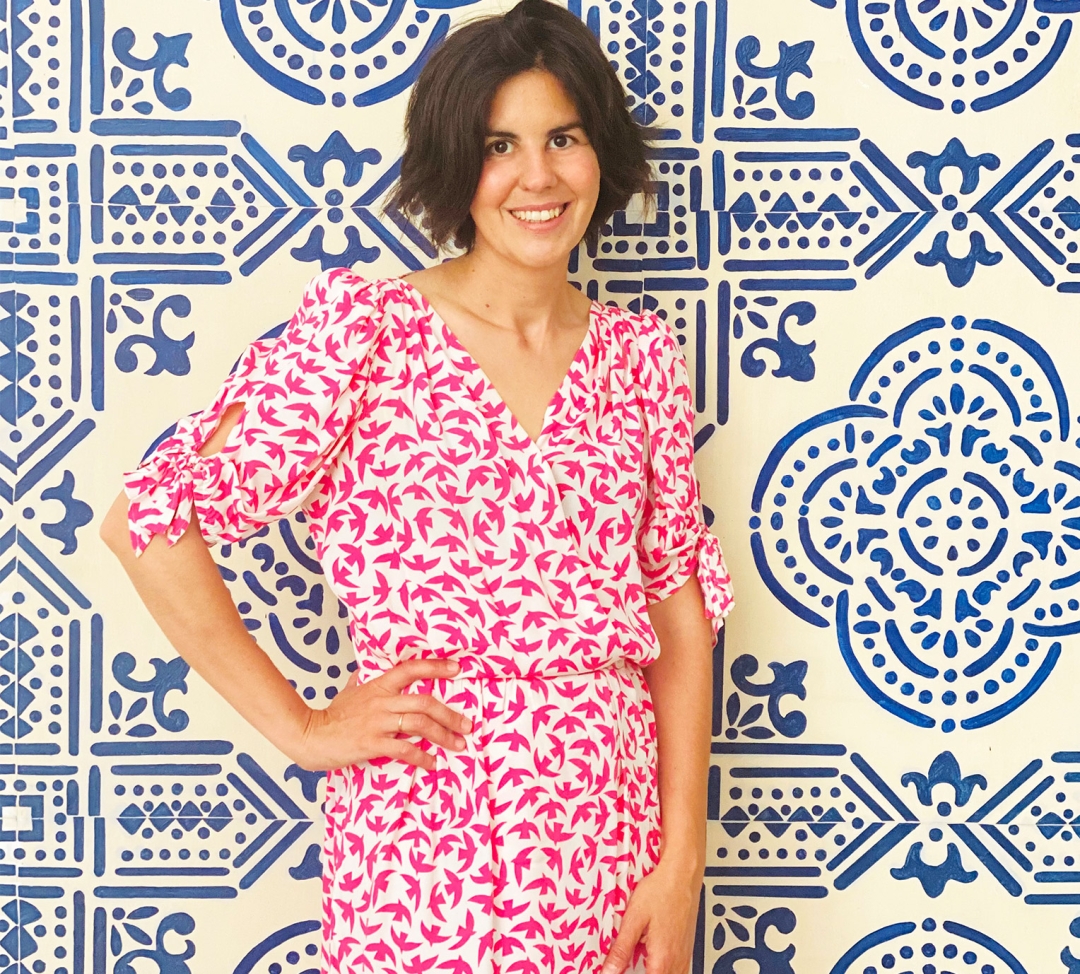
Belén Herrera, director of the Marlborough Gallery © Image provided by the Marlborough Gallery
How has the Marlborough Gallery managed to remain a landmark for art throughout three decades?
The key is in-depth knowledge of the region where the headquarters are established, both of the needs of its artists and its collectors. They’re also supported by big names from the international contemporary scene that are part of it. For this edition of ARCO, our aim is to have that internationalisation as a concept for the 30th anniversary and share that weight.
Which role does new talent play at the gallery?
It’s important to cast a line-up of artists that go with the times. Slowly, we incorporate new names that make up the common thread of our brand. It’s a challenge, but it’s lovely to see how brilliant figures emerge, such as Hugo Fontela, who has successfully exhibited in New York alongside big names from prior generations. We seek that balance and continue to discover and support the artistic careers of younger artists.
“Our collectors have a good eye and don’t need to see the piece in person, they’re able to distinguish what they like and don’t like”
Have the foundations of the gallery been redrawn in this post-pandemic world?
The pandemic has made us reinvent ourselves, focusing on digitalisation. Although we still need a more direct approach, we also develop tools such as the virtual presentation of exhibits to make sharing our content easier. This allows us to enjoy or purchase art from the comfort of our home. Our collectors have a good eye and don’t need to see the piece in person, they’re able to distinguish what they like and don’t like.
Is your latest exhibit, Year Zero, proof of this fact?
Year Zero was like waking up after the pandemic. I’m not sure if it’s a time for change, I think it’s more like a new era in every respect. We must wake up and realise that it’s not too late to take charge of the world, and of art as well. In this exhibit, we focus on Spanish artists and how we’ve supported each other during the pandemic. This is evident in works such as those of Soledad Sevilla, Luis Gordillo, or Antonio López, that enable us to see how artists have faced this new era.
“A painter or a sculptor needs to express themselves through their art; that’s where they reflect the time they’ve been granted”
Do the events of the times define artistic production?
Just like a writer pours their heart into their writing, a painter or sculptor needs to express themselves through their art; that’s where they reflect their fears, their passions, in short, the time they’ve been granted. What happens around a painter, for example, becomes part of each brushstroke or colour palette chosen. I believe that life and the way each person expresses it is what fluctuates.
Which concept will the gallery’s exhibit revolve around at the next ARCO edition?
On the one hand, we’ll refer to the Marlborough Gallery’s origins in Madrid with works by Juan Genovés or Eduardo Arroyo, but we’ll also reflect our collaboration with other international headquarters with works by Ronald Kitaj or Julio Larraz, on whom we’ll host a large exhibit in spring. We’ll also show key pieces that are part of the production of Victor Pasmore, a pioneer in abstraction in England, or Tomás Sánchez, with his unique landscapes that he’s developed so successfully in New York.
